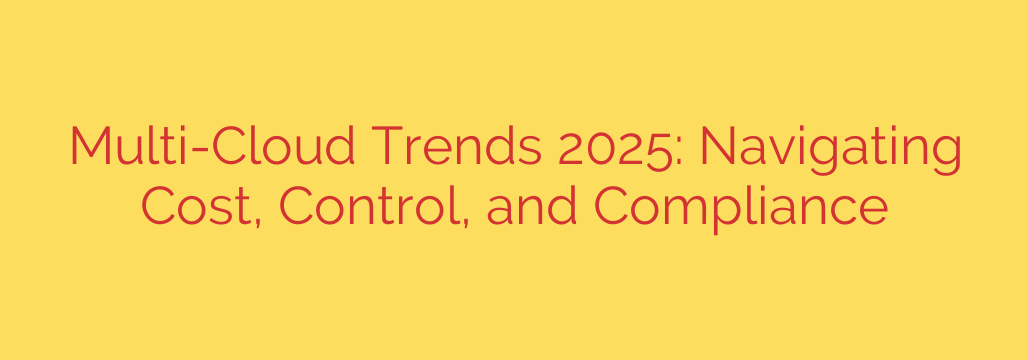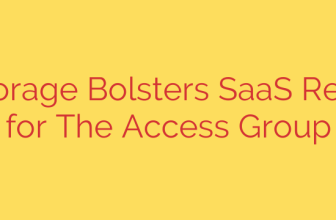
As organizations increasingly rely on diverse cloud services, navigating the complexities of a multi-cloud environment becomes paramount. Looking ahead to 2025, businesses face significant opportunities alongside critical challenges, particularly concerning cost management, central control, and stringent compliance requirements.
The adoption of multi-cloud strategies is driven by the desire for flexibility, avoiding vendor lock-in, leveraging best-of-breed services, and meeting specific regional data requirements. However, this distributed approach brings its own set of hurdles.
One of the most pressing concerns is cloud cost optimization. Managing expenditures across multiple platforms, each with different pricing models and usage patterns, can be incredibly complex. Without robust tools and practices, costs can quickly spiral out of control. The trend for 2025 points towards more sophisticated FinOps practices, integrating financial accountability with cloud operations. This involves detailed cost visibility, forecasting, budgeting, and automated resource optimization across all cloud providers. Leveraging AI and machine learning for predictive cost analysis and autonomous scaling will be crucial.
Achieving centralized governance and control in a multi-cloud setup is another major challenge. Ensuring consistent policies, security configurations, and operational standards across disparate infrastructures is difficult. Organizations need unified management platforms or tools that can provide a single pane of glass view and allow for automated policy enforcement. The focus in 2025 will be on strengthening cloud infrastructure entitlement management (CIEM) and cloud security posture management (CSPM) tools that function effectively across multiple environments, ensuring that resources are configured securely and access is appropriately controlled. Automation is key to maintaining consistency and reducing manual errors.
Compliance and security remain non-negotiable pillars. Operating in a multi-cloud world amplifies the complexity of meeting various industry regulations (like GDPR, HIPAA, PCI DSS) and internal security policies. Data residency requirements, cross-border data transfers, and consistent security enforcement across different cloud providers’ services demand a proactive approach. Trends indicate a greater emphasis on integrated security platforms that offer threat detection, vulnerability management, and compliance monitoring across the entire multi-cloud footprint. Organizations will need to invest in continuous compliance validation tools and ensure their security teams have the skills to manage risks in this intricate landscape.
Successfully navigating the multi-cloud terrain in 2025 requires a strategic approach. It involves prioritizing cost optimization through advanced FinOps, establishing strong, automated governance and control mechanisms, and building a comprehensive, integrated security and compliance framework. Businesses that master these areas will be best positioned to fully realize the benefits of their multi-cloud investments, driving innovation while managing risk effectively.
Source: https://www.datacenters.com/news/multi-cloud-trends-balancing-cost-control-and-compliance-in-2025








